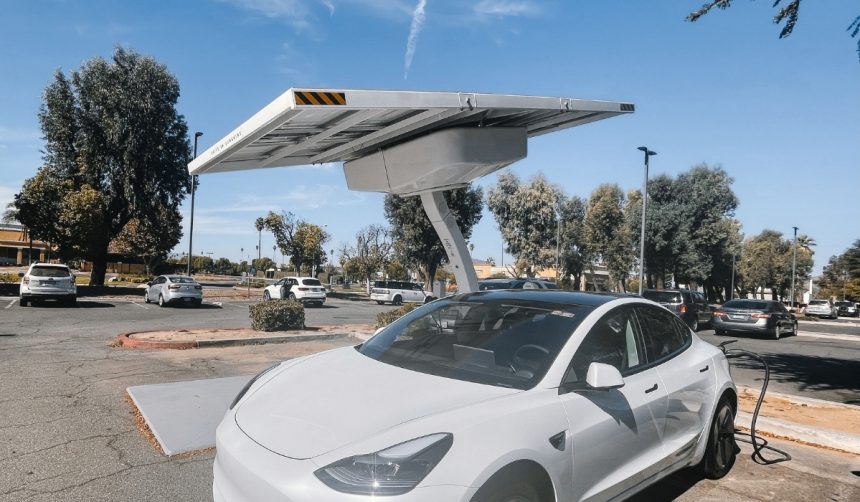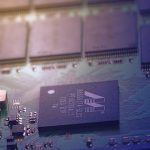Tesla’s approach to addressing known issues with the Cybertruck has prompted a new technical solution targeting owner concerns surrounding accessory reliability. Following recent discussions among vehicle owners, the company confirmed a change in the installation method for the Cybertruck off-road light bar—shifting away from the previously used adhesive. The update comes after a recall affecting 6,197 units, impacting customers across multiple regions. Tesla stated it will implement the remedy through its mobile service program, aiming to minimize customer inconvenience and vehicle downtime.
Earlier reports on the Cybertruck’s recalls have highlighted repeated quality control issues since the vehicle’s rollout. Several similar incidents were documented, such as panel detachments and lighting concerns, which prompted earlier fixes like an Over-the-Air update for the headlight brightness. This current approach signals Tesla’s efforts to employ more mechanical solutions in addition to software and adhesive remedies previously applied to the pickup truck’s problems.
What Led to the Cybertruck Recall and Its Impact?
The recall was initiated after the National Highway Traffic Safety Administration (NHTSA) identified that the light bar accessory was attached using an incorrect surface primer, which originated from a supplier, Hella Romania S.R.L. According to regulatory documentation, this resulted in compromised durability of the light bar when subjected to routine vehicle use. No injuries or accidents were linked to the issue, as confirmed by NHTSA’s findings.
How Is Tesla Fixing the Light Bar Installation?
Tesla announced that the repair method now relies on a bracket system to physically secure the light bar to the Cybertruck, replacing the adhesive-based process. This installation can typically be completed by Tesla’s Mobile Service technicians within a few hours. The company assures customers about the new method’s intended reliability, especially for vehicles showing no visible delamination or damage.
“Customers will not be charged for this repair,”
Tesla confirmed, reinforcing its commitment to address accessory attachment concerns without passing costs onto owners.
Will Owners Experience Inconvenience During the Update?
The update procedure is designed for convenience, as customers do not need to visit a Service Center. Instead, a technician can perform the fix at a location chosen by the owner. If the accessory’s inspection reveals damage or delamination, further steps may apply. The company stated,
“The positive mechanical attachment will be offered as a retrofit only when conditions allow,”
indicating selective application based on individual vehicle assessments.
Tesla’s move to a mechanically secured light bar signals a shift toward solutions that may offer greater long-term reliability for Cybertruck owners. This follows a sequence of recalls and fix protocols—including both Over-the-Air software updates and physical interventions. Owners of vehicles with factory-installed or service-installed off-road light bars are encouraged to check for correspondence from Tesla with details regarding the availability of the updated installation. For buyers and current owners, understanding the revised repair process and what prompts such recall actions provides insight into ongoing vehicle quality assurance efforts and customer service policies. Transparent communication about recall responses and revised repair strategies remains central for manufacturers to uphold customer trust in new vehicle platforms.








